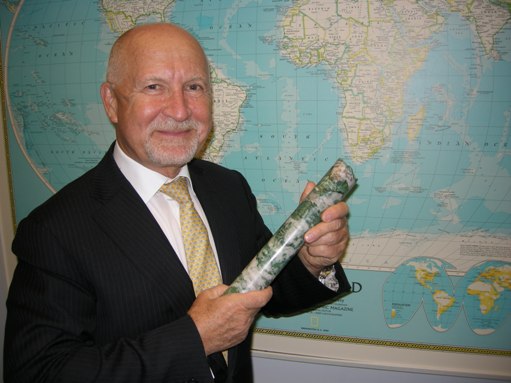Asia-Pacific’s richest woman is gearing up to start shipments from her $10 billion iron ore project in Australia. Even with prices at 10-year lows, she’s displaying no lack of confidence in the mine’s success.
Billionaire Gina Rinehart’s ace? Her mine isn’t relying solely on sales to China, the biggest iron ore buyer. This limits the project’s exposure to a market where steel demand is judged to be peaking. Instead, she’s locked in supply contracts with three of the largest iron ore consuming Asian nations outside of China.
“They feel very confident. Roy Hill has a massive advantage in that it has diversified its markets,” Philip Kirchlechner, Perth-based director of Iron Ore Research Pty. said by phone. “They have buyers from three of the other major iron ore importing markets.”
Roy Hill, Australia’s largest single iron ore mine, is on track to commence exports from September, adding 55 million tons a year of output to a market already saturated by a growing surplus. It’s even accelerating the mine’s schedule, seeking to hit its planned capacity at the fastest pace of any project built in Western Australia’s iron-rich Pilbara region.
























